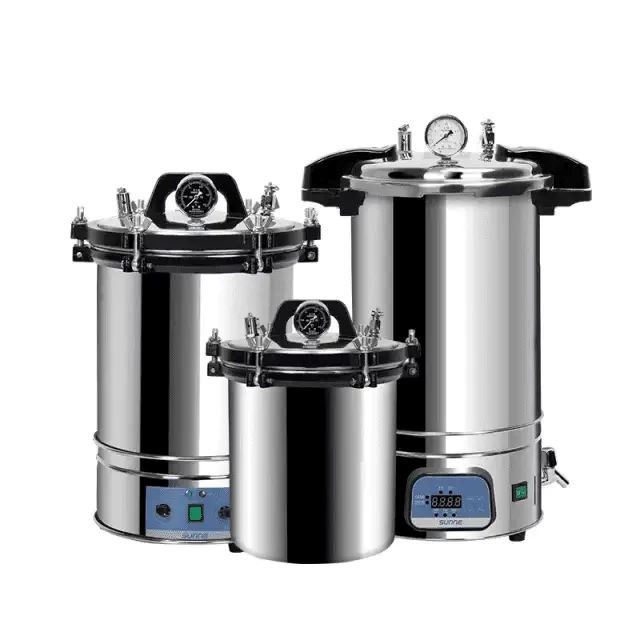
sterilization equipment
Portable High Pressure Laboratory Autoclave Steam Sterilizer for Lab Use
Item Number : KT-P02
Price varies based on specs and customizations
- Working temperature
- 126℃
- Fixed work stress
- 0.14-0.16Mpa
Shipping:
Contact us to get shipping details Enjoy On-time Dispatch Guarantee.
Why Choose Us
Easy ordering process, quality products, and dedicated support for your business success.
Introduction
A portable autoclave sterilization pressure, also known as an autoclave, is a compact device used to sterilize equipment using high-pressure saturated steam. It kills microorganisms by generating steam at high temperatures and pressures, ensuring thorough sterilization. Portable and easy to transport, it's commonly used in medical, dental, laboratory, and veterinary settings to prevent infections and maintain a sterile environment.
Performance and Features
- High quality all stainless steel material
- Dual scale reading pressure gauge
- Electric heating method
- Simple operation, safe and reliable
Detail & Parts
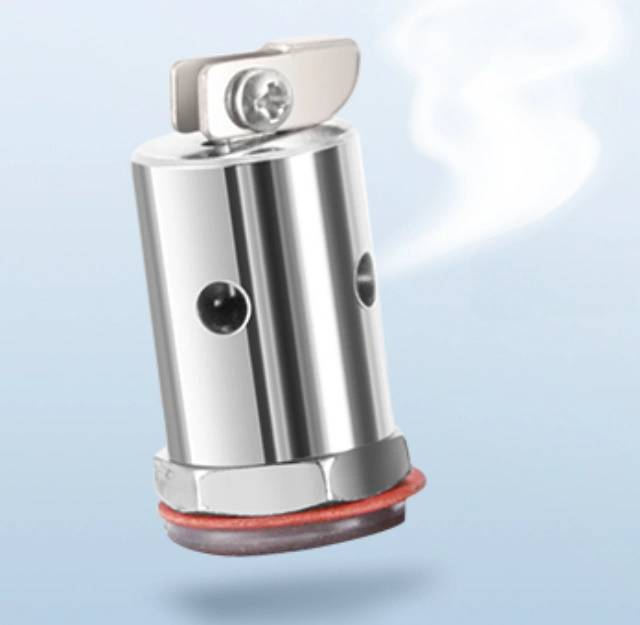
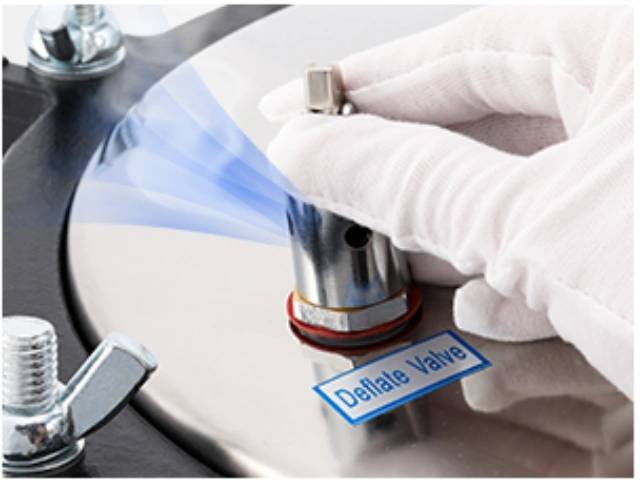
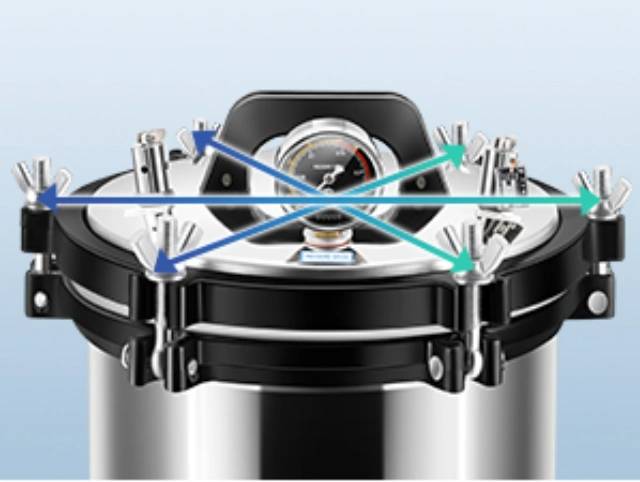
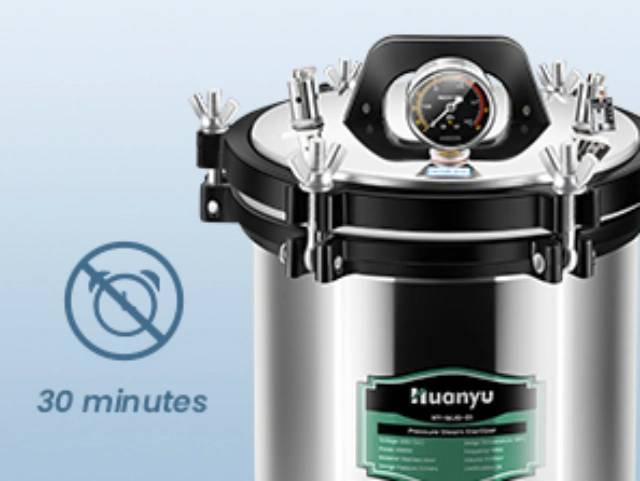
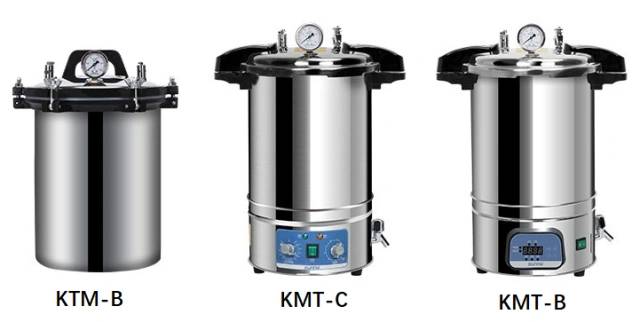
| Model | Three-valve reinforced | KTM-B Automatic & KTM-C Automatic | |||||
| Product number | KTM-12B | KTM-18B | KTM-24B | KMT-8B/C | KMT-12B/C | KMT-18B/C | KMT-24B/C |
| Volume | 12L | 18L | 24L | 8L | 12L | 18L | 24L |
| Frequency | 50±1 | 50 | |||||
| Power | 2±10%KW | 2KW | |||||
| input power | AC(220±22)V | 220V | |||||
| Rated operating temperature | 126°C | ||||||
| Fixed work stress | 0.142Mpa | ||||||
| Net weight | 12Kg | 13.5Kg | 14.7Kg | 9Kg | 10.5Kg | 12Kg | 14Kg |
Technical Specifications

| Model | KTM-8A | KTM-18A | KTM-24A |
| Input power | 220V/50HZ | ||
| Power | 1KW | 2KW | 2KW |
| Display method | Pressure gauge | ||
| Volume | 8L | 18L | 24L |
| Maximum working temperature | 126~128°C | ||
| Fixed work stress | 0.145~0.165Mpa | ||
| Inner barrel thickness | 0.52mm | ||
| Heating method | Coal and electricity | ||
| Sterilization chamber size | φ240×120mm | φ280×235mm | φ280×340mm |
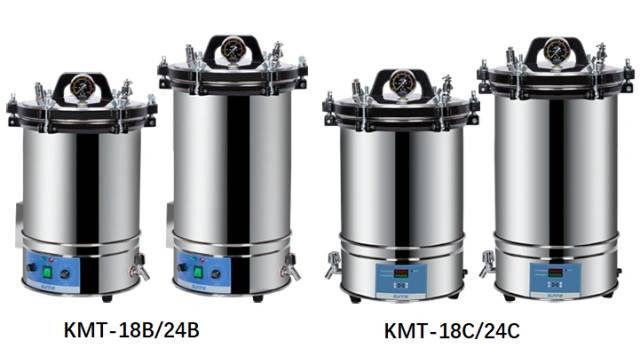
| Model | KMT-18B | KMT-24B | KMT-18C | KMT-24C |
| Input power | 220V/50HZ | |||
| Power | 2KW | |||
| Display method | Pressure gauge | Pressure gauge/digital display | ||
| Volume | 18L | 24L | 18L | 24L |
| Maximum working temperature | 126~128°C | |||
| Fixed work stress | 0.145~0.165Mpa | |||
| Inner barrel thickness | 0.52mm | |||
| Heating method | Electric heating | |||
| Sterilization chamber size | φ280×235mm | φ280×340mm | φ280×235mm | φ280×340mm |
Applications
- hospitals
- health centers
- health centers
- factories and mines clinics
- scientific research
Disinfect and sterilize medical instruments, dressings, glassware, solutions, culture media, etc., and can also be used as cooking utensils and factories and mines in plateau areas to produce high-quality drinking water.
Precautions for use
- Exhaust cold air: Once the autoclave is connected to a power source, open the vent valve and vent the chamber for 1 min.
- Water level: The water level should exceed the heating tube and reach the triangular support, but not beyond the support.
- Tighten the screws diagonally: The screws must be tightened evenly diagonally using a wrench to secure the top cover to the outer bucket.
- Sterilization time: The heating time should not exceed 30 minutes, otherwise there is a risk of dry burning.
Designed for You
KinTek provide deep custom made service and equipment to worldwide customers, our specialized teamwork and rich experienced engineers are capable to undertake the custom tailoring hardware and software equipment requirements, and help our customer to build up the exclusive and personalized equipment and solution!
Would you please drop your ideas to us, our engineers are ready for you now!
FAQ
What Is A Steam Sterilizer?
What Are Some Common Applications Of Sterilization Autoclaves?
What Is An Autoclave Sterilizer?
How Does A Steam Sterilizer Work?
How Long Does A Typical Sterilization Autoclave Cycle Take?
How Does An Autoclave Sterilizer Work?
What Are Some Common Applications Of Steam Sterilizers?
Can Autoclave Sterilization Be Validated For Effectiveness?
What Are The Advantages Of Using Autoclave Sterilizers?
How Long Does A Typical Steam Sterilizer Cycle Take?
Can Autoclave Sterilization Damage Certain Materials?
What Safety Precautions Should Be Taken When Using Autoclave Sterilizers?
Can Steam Sterilization Be Validated For Effectiveness?
How Should Autoclave Sterilization Be Monitored And Documented?
Can All Materials And Items Be Sterilized Using Autoclave Sterilizers?
Can Steam Sterilization Damage Certain Materials?
Are There Different Types Of Autoclave Sterilizers Available?
4.9 / 5
With the high-pressure autoclave, we can sterilize even the most complex instruments in our lab. Truly a lifesaver!
4.7 / 5
The speed of delivery was impressive, and the autoclave works like a charm. Excellent purchase.
4.8 / 5
The quality of the sterilization is top-notch. We've seen a significant reduction in contamination since using it.
4.9 / 5
The adjustable sterilization timer is a game-changer. We can now tailor the sterilization process to our specific needs.
4.7 / 5
The compact size of the autoclave makes it easy to fit in our limited lab space. It's a great space-saving solution.
4.8 / 5
The durability of the autoclave is exceptional. It's been in constant use for months and shows no signs of wear.
4.9 / 5
The technological advancements in this autoclave are impressive. It's a testament to the company's commitment to innovation.
4.7 / 5
The value for money is unbeatable. We got a high-quality autoclave at an affordable price.
4.8 / 5
The delivery was incredibly fast. We received the autoclave within days of placing the order.
4.9 / 5
The sterilization process is efficient and thorough. We trust it completely to keep our lab sterile.
4.7 / 5
The customer service was very responsive and helpful. They answered all our queries promptly.
4.8 / 5
The ease of use is remarkable. Our lab technicians were able to operate it effortlessly.
4.9 / 5
Overall, the portable autoclave sterilization pressure is a fantastic investment for any laboratory. It's reliable, efficient, and worth every penny.
REQUEST A QUOTE
Our professional team will reply to you within one business day. Please feel free to contact us!
Related Products

Laboratory High Pressure Horizontal Autoclave Steam Sterilizer for Lab Use
The horizontal autoclave steam sterilizer adopts the gravity displacement method to remove the cold air in the inner chamber, so that the inner steam and cold air content is less, and the sterilization is more reliable.
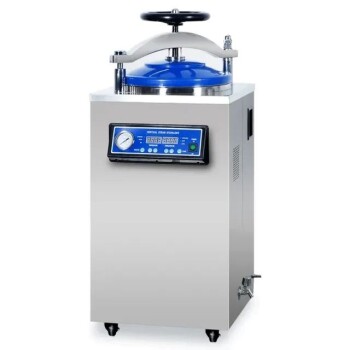
Laboratory High Pressure Steam Sterilizer Vertical Autoclave for Lab Department
Vertical pressure steam sterilizer is a kind of sterilization equipment with automatic control, which is composed of heating system, microcomputer control system and overheating and overpressure protection system.

Mini SS High Pressure Autoclave Reactor for Laboratory Use
Mini SS High Pressure Reactor - Ideal for medicine, chemical, and scientific research industries. Programmed heating temp and stirring speed, up to 22Mpa pressure.

Stainless High Pressure Autoclave Reactor Laboratory Pressure Reactor
Discover the versatility of Stainless High Pressure Reactor - a safe and reliable solution for direct and indirect heating. Built with stainless steel, it can withstand high temperatures and pressures. Learn more now.

Laboratory Sterilizer Lab Autoclave Vertical Pressure Steam Sterilizer for Liquid Crystal Display Automatic Type
Liquid crystal display automatic vertical sterilizer is a safe, reliable and automatic control sterilization equipment, which is composed of heating system, microcomputer control system and overheating and overvoltage protection system.

Laboratory Sterilizer Lab Autoclave Pulsating Vacuum Desktop Steam Sterilizer
The pulsating vacuum desktop steam sterilizer is a compact and reliable device used for rapid sterilization of medical, pharmaceutical, and research items.
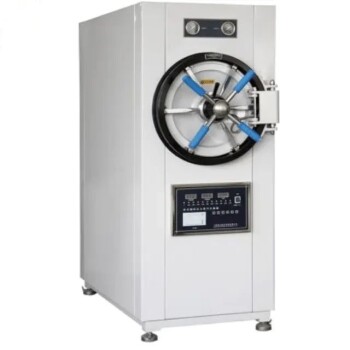
Laboratory Horizontal Autoclave Steam Sterilizer Lab Microcomputer Sterilizer
The horizontal autoclave steam sterilizer adopts the method of gravity displacement to remove the cold air in the inner chamber, so that the content of steam cold air in the inner chamber is less, and the sterilization is more reliable.
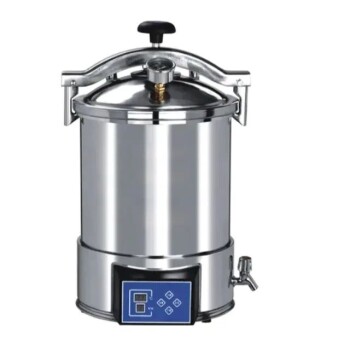
Portable Digital Display Automatic Laboratory Sterilizer Lab Autoclave for Sterilization Pressure
Portable autoclave sterilization pressure is a device that uses pressure saturated steam to quickly and effectively sterilize items.

Laboratory Sterilizer Lab Autoclave Pulse Vacuum Lifting Sterilizer
The pulse vacuum lifting sterilizer is a state-of-the-art equipment for efficient and precise sterilization. It uses pulsating vacuum technology, customizable cycles, and a user-friendly design for easy operation and safety.
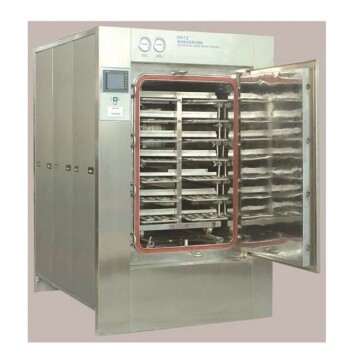
Laboratory Sterilizer Lab Autoclave Herbal Powder Sterilization Machine for Plant
The herbal powder sterilization autoclave machine for Chinese medicine uses saturated steam for effective sterilization. It utilizes the heat and penetrative properties of steam, achieves sterilization after heat preservation, and maintains a good drying effect with a dedicated drying system.
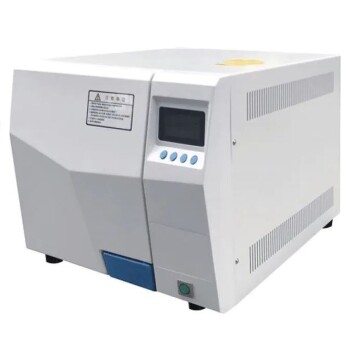
Desktop Fast Laboratory Autoclave Sterilizer 20L 24L for Lab Use
The desktop fast steam sterilizer is a compact and reliable device used for rapid sterilization of medical, pharmaceutical, and research items.

Desktop Fast High Pressure Laboratory Autoclave Sterilizer 16L 24L for Lab Use
The desktop fast steam sterilizer is a compact and reliable device used for rapid sterilization of medical, pharmaceutical, and research items.

High Pressure Laboratory Autoclave Reactor for Hydrothermal Synthesis
Discover the applications of Hydrothermal Synthesis Reactor - a small, corrosion-resistant reactor for chemical labs. Achieve rapid digestion of insoluble substances in a safe and reliable way. Learn more now.

Desktop Fast Laboratory Autoclave Sterilizer 35L 50L 90L for Lab Use
The desktop fast steam sterilizer is a compact and reliable device used for rapid sterilization of medical, pharmaceutical, and research items. It efficiently sterilizes surgical instruments, glassware, medicines, and resistant materials, making it suitable for various applications.

Customizable High Pressure Reactors for Advanced Scientific and Industrial Applications
This laboratory-scale high-pressure reactor is a high-performance autoclave engineered for precision and safety in demanding research and development environments.

Anti-Cracking Press Mold for Lab Use
The anti-cracking press mold is a specialized equipment designed for molding various shapes and sizes of film using high pressure and electric heating.

Electric Split Lab Cold Isostatic Press CIP Machine for Cold Isostatic Pressing
Split cold isostatic presses are capable of providing higher pressures, making them suitable for testing applications that require high pressure levels.

High Pressure Laboratory Vacuum Tube Furnace Quartz Tubular Furnace
KT-PTF High Pressure Tube Furnace: Compact split tube furnace with strong positive pressure resistance. Working temp up to 1100°C and pressure up to 15Mpa. Also works under controller atmosphere or high vacuum.
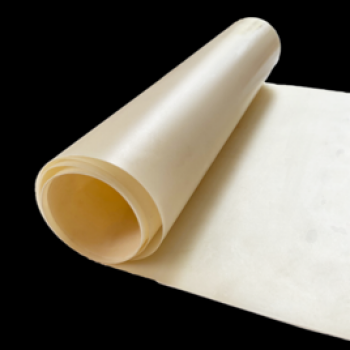
Anion Exchange Membrane for Laboratory Use
Anion exchange membranes (AEMs) are semipermeable membranes, usually made of ionomers, designed to conduct anions but reject gases such as oxygen or hydrogen.
Related Articles

The Thermodynamics of a Perfect Seal: A Component-Level Approach to Sterilization
Learn why autoclaving your entire electrolytic cell destroys the seal. A guide to understanding material properties and protecting your experiments.

High Pressure Tube Furnace: Applications, Safety, and Maintenance
Explore the advanced applications, safety measures, and maintenance tips for high pressure tube furnaces. Learn how these furnaces are used in various high-temperature processes and ensure optimal performance and safety.

Manual Pellet Press: A Comprehensive Guide to Efficient Lab Pelletizing
Explore the intricacies of manual pellet presses, including operation, safety, and maintenance tips. Learn how to choose the right press, understand force gauges, and optimize pellet quality for your lab experiments.

Comprehensive Overview of Warm Isostatic Press and Its Applications
Warm isostatic pressing (WIP) is a variant of cold isostatic pressing (CIP) that includes a heating element. It employs warm water or a similar medium to apply uniform pressure to powdered products from all directions. WIP is a cutting-edge technology that enables isostatic pressing at a temperature that does not exceed the boiling point of the liquid medium.

Enhancing Safety in Your Laboratory: A Comprehensive Guide to Pressure Reactor Safety
Laboratory safety isn't just about you. Improper preparation and mishandling can cause potential hazards that could be disastrous if left unchecked. It is crucial to take the time to carefully prepare your pressure reactor and lab safety equipment, as even minor problems can escalate quickly when working under pressure.

10 Essential Safety Steps for Pressure Reactor Use in Laboratories
Safety is paramount when conducting chemical reactions under pressurized conditions. It is important to carefully prepare pressure reactors and laboratory safety equipment to prevent potential hazards that, if not controlled, can have catastrophic consequences. In order to ensure the safety of using a pressure reactor, it is important to understand the specifications of the reactor. Become familiar with the chemistry of the reactor material and make sure it is chemically resistant enough to withstand the substances used in the reaction.

Mastering Handheld Coating Thickness Gauges: A Comprehensive Guide for Industrial and Automotive Applications
Explore the intricacies of handheld coating thickness gauges, their applications in electroplating, automotive paint, and powder coatings. Learn how to choose and use these instruments effectively for quality control and cost efficiency.

Laboratory Safety: Safe Use of High Voltage Equipment
Guidelines for the safe operation of high-pressure equipment in laboratories, including reactors, hydrothermal reactors, autoclaves, and gas cylinders.

Hazards and Safety Precautions of Laboratory Pressure Vessels
An overview of the dangers and safety measures for pressure vessels in laboratory settings.

Laboratory Safety: High Pressure Equipment and Reactors
This article discusses safety measures and precautions for using high pressure equipment and reactors in laboratories, including case studies and detailed usage instructions.

Basic Cleaning and Disinfection Equipment in the Laboratory
Overview of essential lab cleaning and disinfection tools and their operational principles.

Guidelines for Safe Operation and Procedures of Flat-Plate Hot Press in Lamination Experiments
Detailed safety and operational guidelines for using a flat-plate hot press in lamination experiments, including pre-operation checks, material preparation, heating procedures, and post-processing.